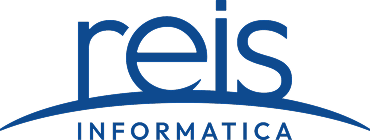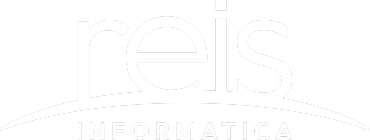A huge array of technologies exist for protecting your data, and it is important to find the best solution for your needs. In this blog post, we will explore the most popular options.

USB drives
USB-connected drives are not ideal for business, because they rely on human intervention, and the software is usually not very sophisticated. Thumb drives are also easily misplaced. On the plus side, retention periods are reasonably good and quality of restored data tends to be high. The larger external USB hard drives can be unreliable due to moving parts. USB drives are fine for home use but they are not ideal as a business-grade backup option.
Magnetic Tape
Tape is one of the cheaper ways to store large amounts of data and is still a popular backup medium. It can be complex to manage multiple tapes and it is slow for restoring small amounts of data. Often tape is used in conjunction with other backup solutions as a long-term repository for data.
Network Attached Storage
Making use of a Network Attached Storage (NAS) device can provide large amounts of data storage on the local network at a reasonable price. It has staging options for spooling off to other locations as well as a facility for storing and compiling snapshots of multiple servers. NAS devices can be a great source for rapid restoration of missing files or folders, but they are not the right long-term data storage solution.
Cloud backup
Cloud is another frontier for backup. There are many cloud backup solutions, and the quality of the service varies by provider. Offshore data storage can be much cheaper than local storage but may cause issues with speed, security, privacy, and sovereignty. When cloud backup solutions are built right, they can be robust and hassle-free, as the scheduled backup is totally automated with no disks or tapes requiring manual intervention.
Keep in mind the cost involved in sending data over the Internet and the time it might take to restore data over a low-speed connection.
Hybrid Solutions
Often, multiple technologies combine to make the best backup solutions.
Taking regular snapshots of system files and data files throughout the day can create a point-in-time, rapid recovery option for individual files or groups of files. These snapshots are best stored on your networked server or on a NAS.
At least once a day, a data differential of the changes made during the last period should be stored on a second, external storage system. This is where a second, off-site device, tape, or cloud backup is useful. The usual approach is to backup from disk to disk, then disk to offsite.
A final thought
If you have personal or business data that is worth protecting, it is well worth getting professional advice on what systems will optimize your chances of recovery. Backup is a simple concept but implementing the best solution is not straightforward, so getting good advice from experienced IT professionals is a good first step.

